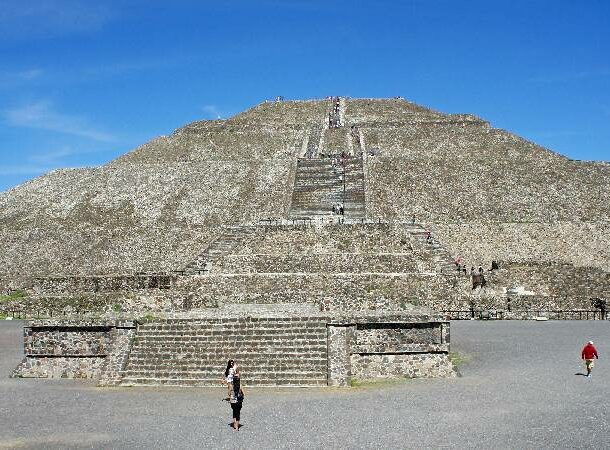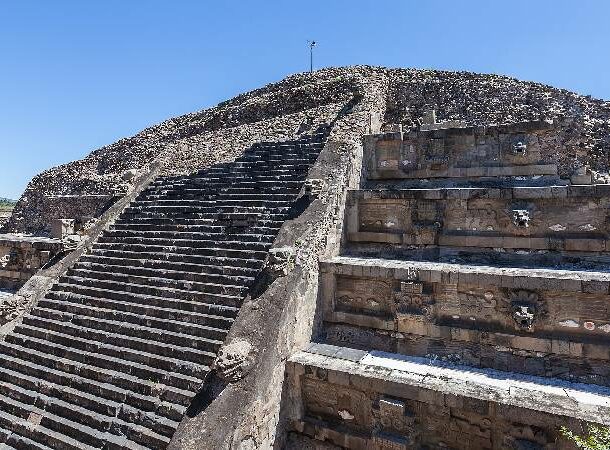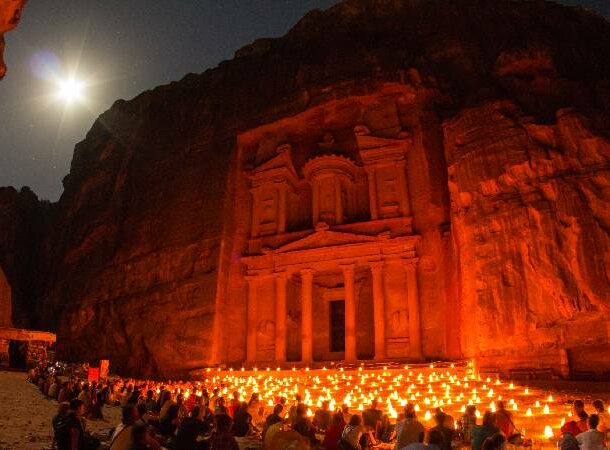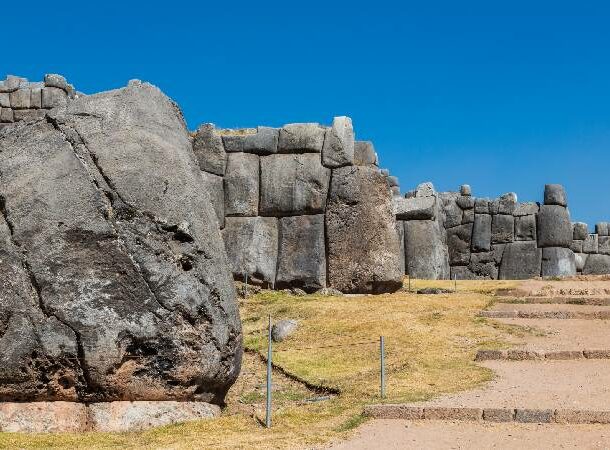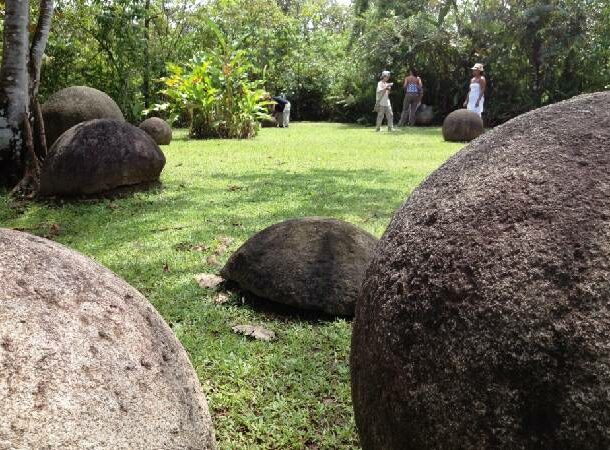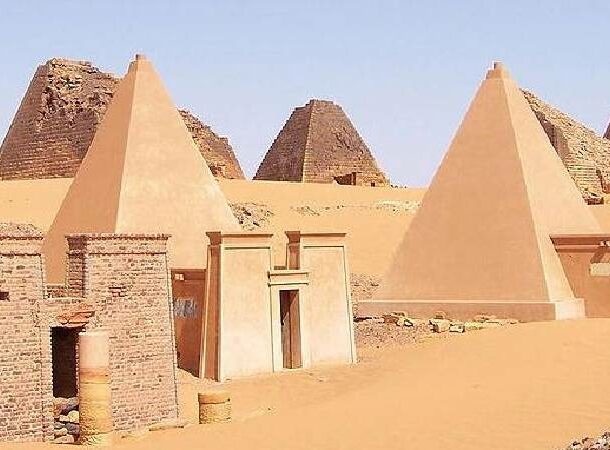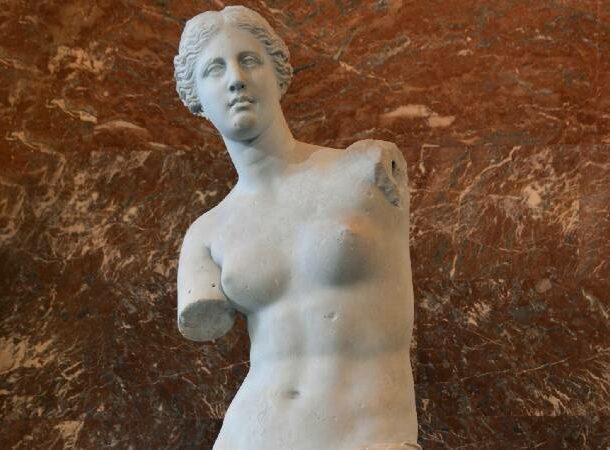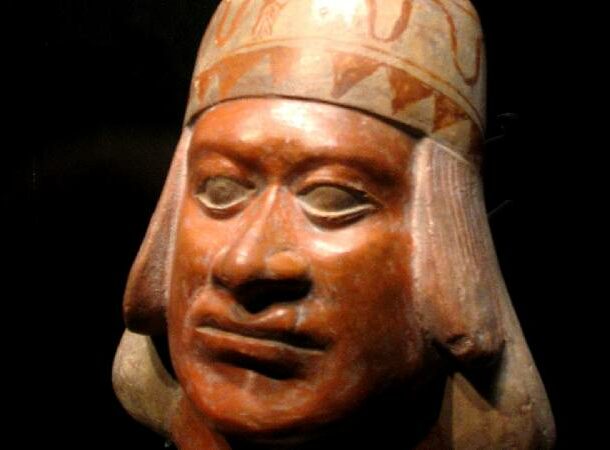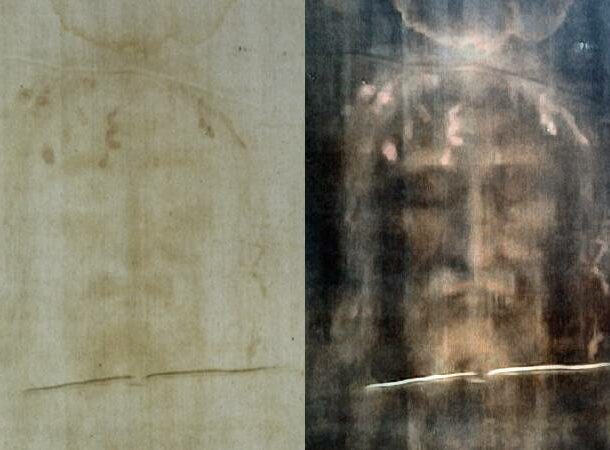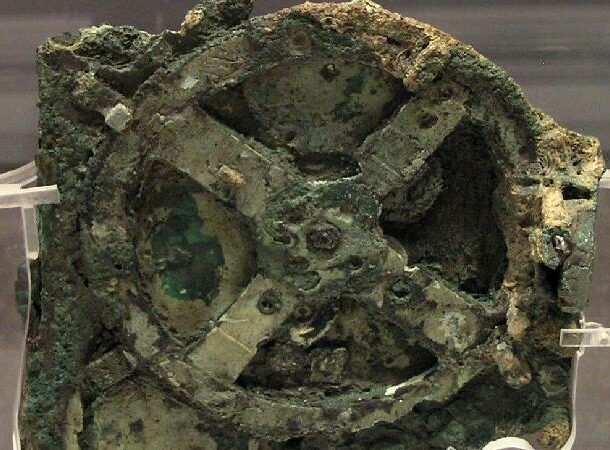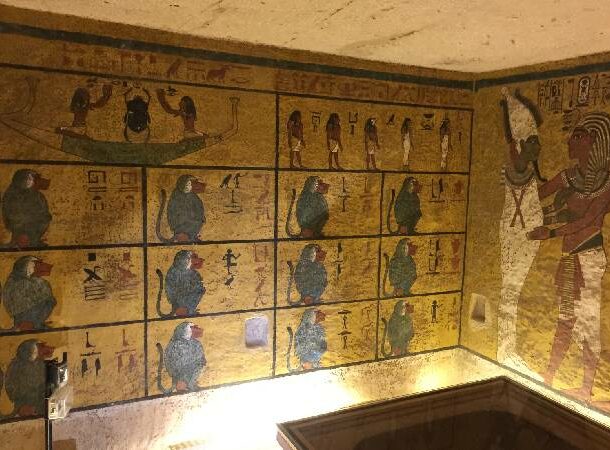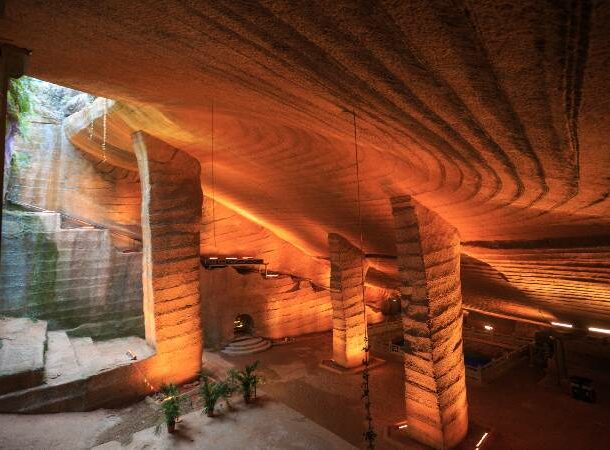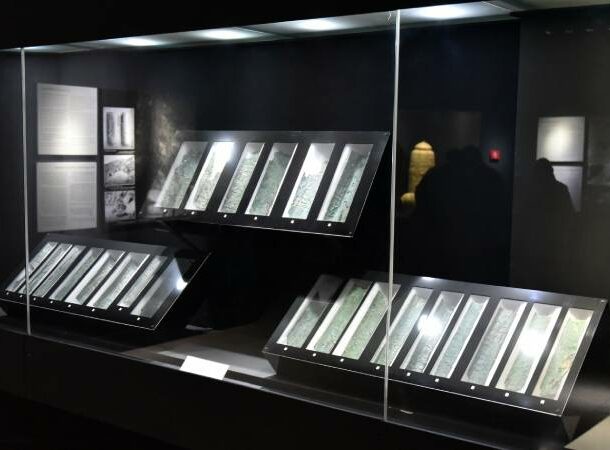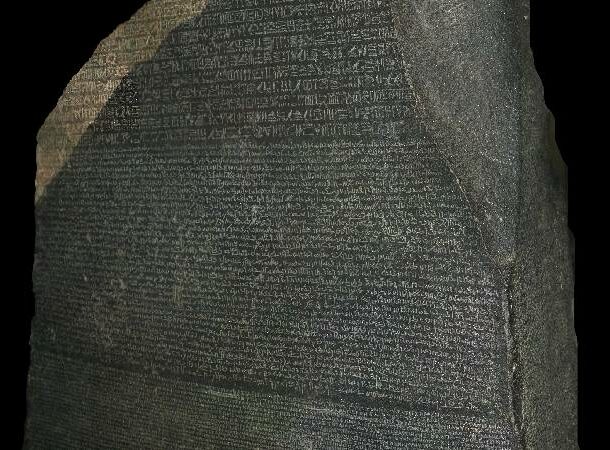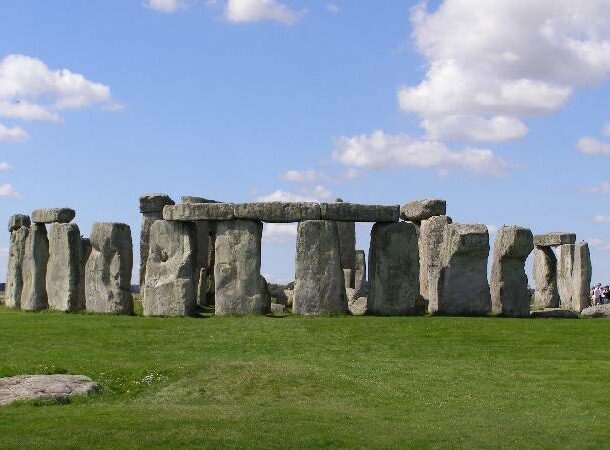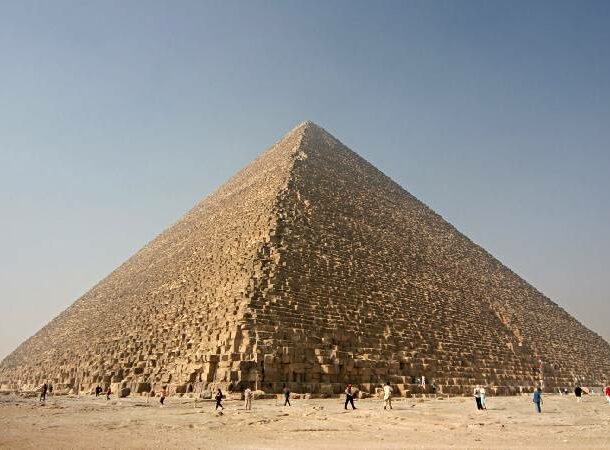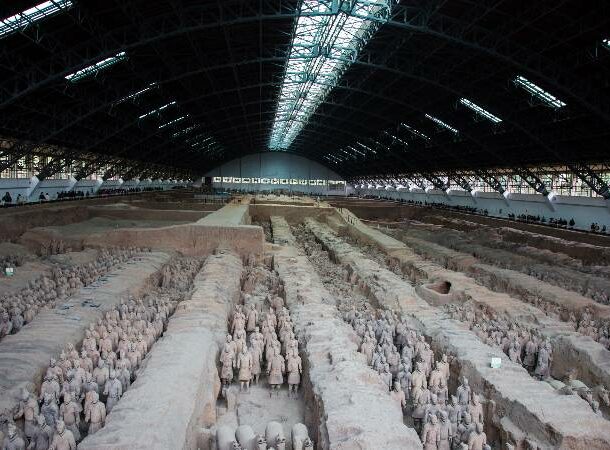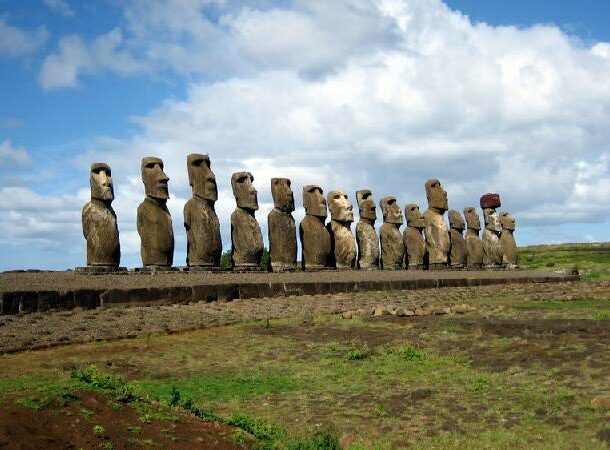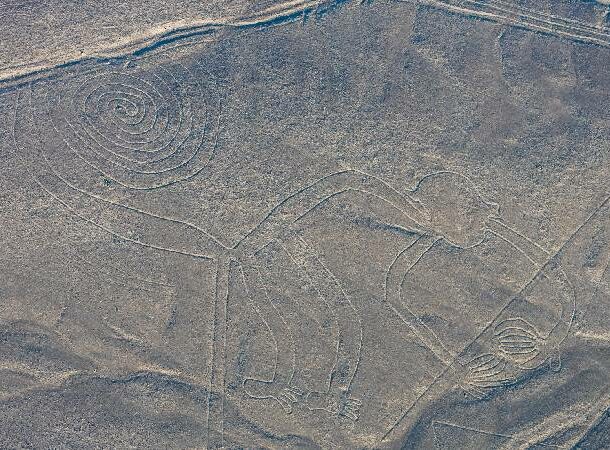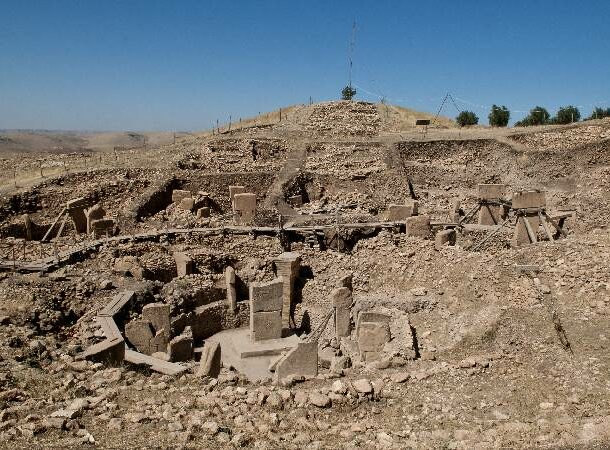These buildings and objects are important to archaeologists because they help to provide information about the cultures, societies, and technologies of the people who made or used them. Artifacts can be found at various sites, including ancient ruins, burial sites, and other locations where people lived or worked in the past.
Here are 25 Mysterious Archaeological Artifacts and Their Origins
In Roman times the city of Baalbek was known by its Greek name Heliopolis, which means “Sun City.” The site consists of a series of terraces and walls made of massive stones carefully carved and fitted together without using mortar. The rocks, which weigh up to 350 tons, were brought to the site from a quarry located several kilometers away, and they were placed with such precision that it is difficult to fit a sheet of paper between them. Sacsayhuaman is believed to have been used as a military fortress and a ceremonial center by the Incas. It is thought to have been built in the 15th century and was an important part of the Inca capital of Cusco. The site is now a significant tourist attraction in Peru and is a UNESCO World Heritage Site. The stone spheres were created by the ancient indigenous people of Costa Rica, who lived in the region between 500 BCE and 1500 CE. The purpose of the stones has yet to be discovered with certainty. Still, they are thought to have been used for various purposes, including as ceremonial objects, markers for burial sites, and possibly even for astronomical observatories. The Sanxingdui bronzes can be seen in the Sanxingdui Museum near Guanghan in southwest China. The Venus de Milo was discovered on the island of Milos in Greece in 1820 and is now housed in the Louvre Museum in Paris. It is believed by some to be the burial shroud of Jesus Christ, and as such, it is one of the world’s most studied and controversial religious relics. The veil is currently housed in the Cathedral of Saint John the Baptist in Turin, Italy. The shroud is about 4.4 meters long and 1.1 meters wide, and it bears the faint image of a man with wounds consistent with those suffered by a person who had been crucified. The image appears to be negative, with the lightest parts of the cloth corresponding to the darkest parts of the body and vice versa. The shroud also bears stains that are thought to be blood, as well as pollen and other trace elements that are consistent with the region of Jerusalem. The shroud’s authenticity has been the subject of much debate and studies. Some believe it is a genuine relic from the time of Christ, while others believe it is a medieval forgery. Scientists have used various techniques, including radiocarbon dating and microscopic analysis, to study the shroud, but these studies’ results have not been conclusive. Despite the lack of definitive evidence, the veil continues to be a source of fascination and mystery for millions worldwide. The tomb of King Tut is known for its well-preserved state and the wealth of artifacts that were found inside. The burial chamber contains a series of rooms filled with objects, including a solid gold coffin, jewelry, furniture, and other items that were placed there to accompany the pharaoh in the afterlife. In addition, the tomb’s walls are adorned with intricate paintings and carvings depicting various scenes from ancient Egyptian mythology. The discovery of King Tut’s tomb was a significant event in the field of archaeology, and it remains one of the world’s most famous and well-known tombs. It is now open to the public and is a popular tourist attraction in Egypt. The Copper Scroll is thought to date back to the 1st century CE and is one of the most unusual and enigmatic artifacts found among the Dead Sea Scrolls. It is unclear who wrote the scroll or why; the locations listed on it have yet to be found. Some theories suggest that the scroll may have been written by Jewish rebels hiding their treasure in the event of a Roman invasion, while others believe that it may be a ritual text or a set of clues for a treasure hunt. Despite many attempts to decipher the Copper Scroll and locate the hidden treasure, it remains one of the ancient world’s most mysterious and fascinating artifacts. Some studies have shown that crystal skulls were manufactured in Germany in the 19th century or later. The site consists of circular and oval-shaped structures made of stone, some of which are decorated with carved stone pillars and reliefs. The designs are thought to have been used for ceremonies and rituals, and the site has been interpreted as a place of great significance for the people who built and used it. The discovery of Göbekli Tepe has revolutionized our understanding of the development of human societies, as it suggests that the construction of elaborate religious structures predates the development of agriculture and the rise of the first civilizations. The site has also shed light on the beliefs and practices of the ancient societies that built it, and it continues to be the subject of ongoing research and study.
